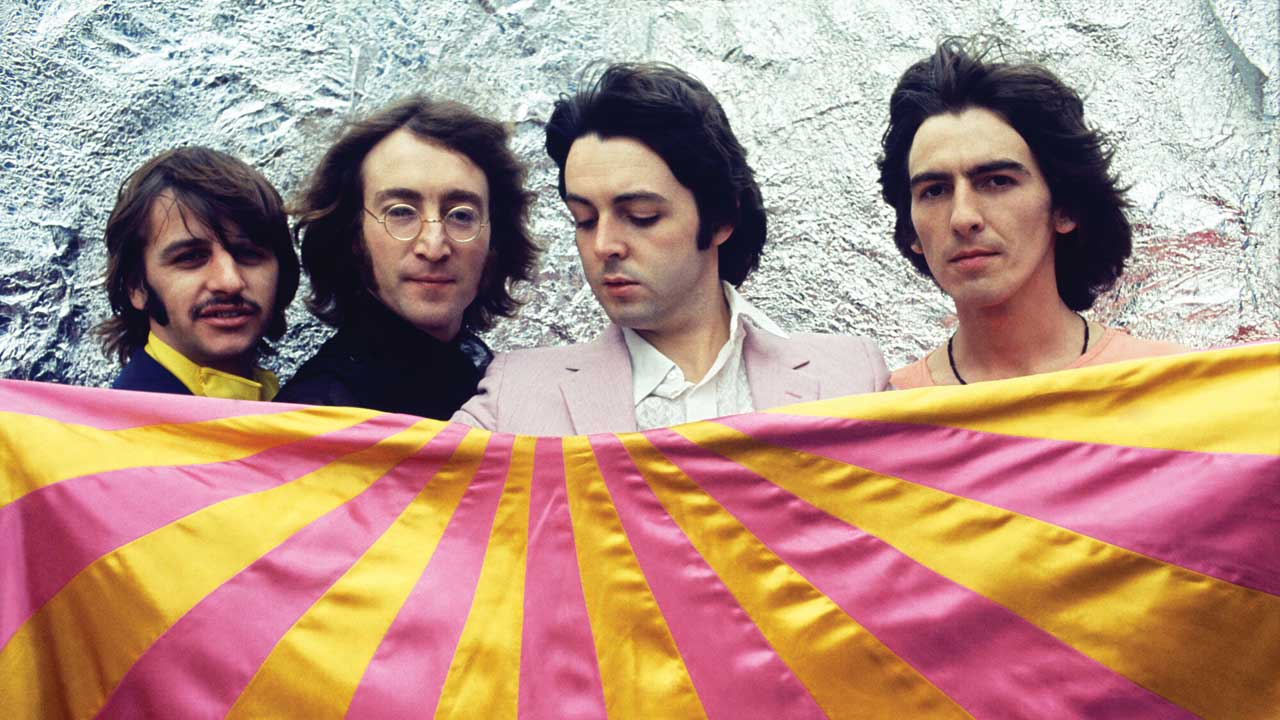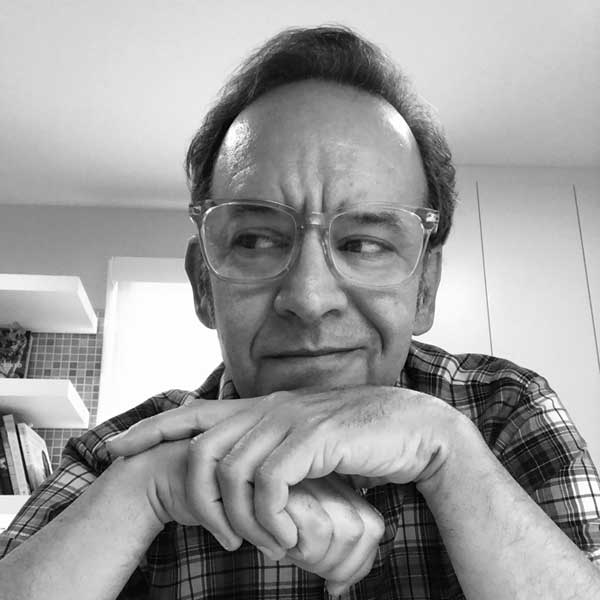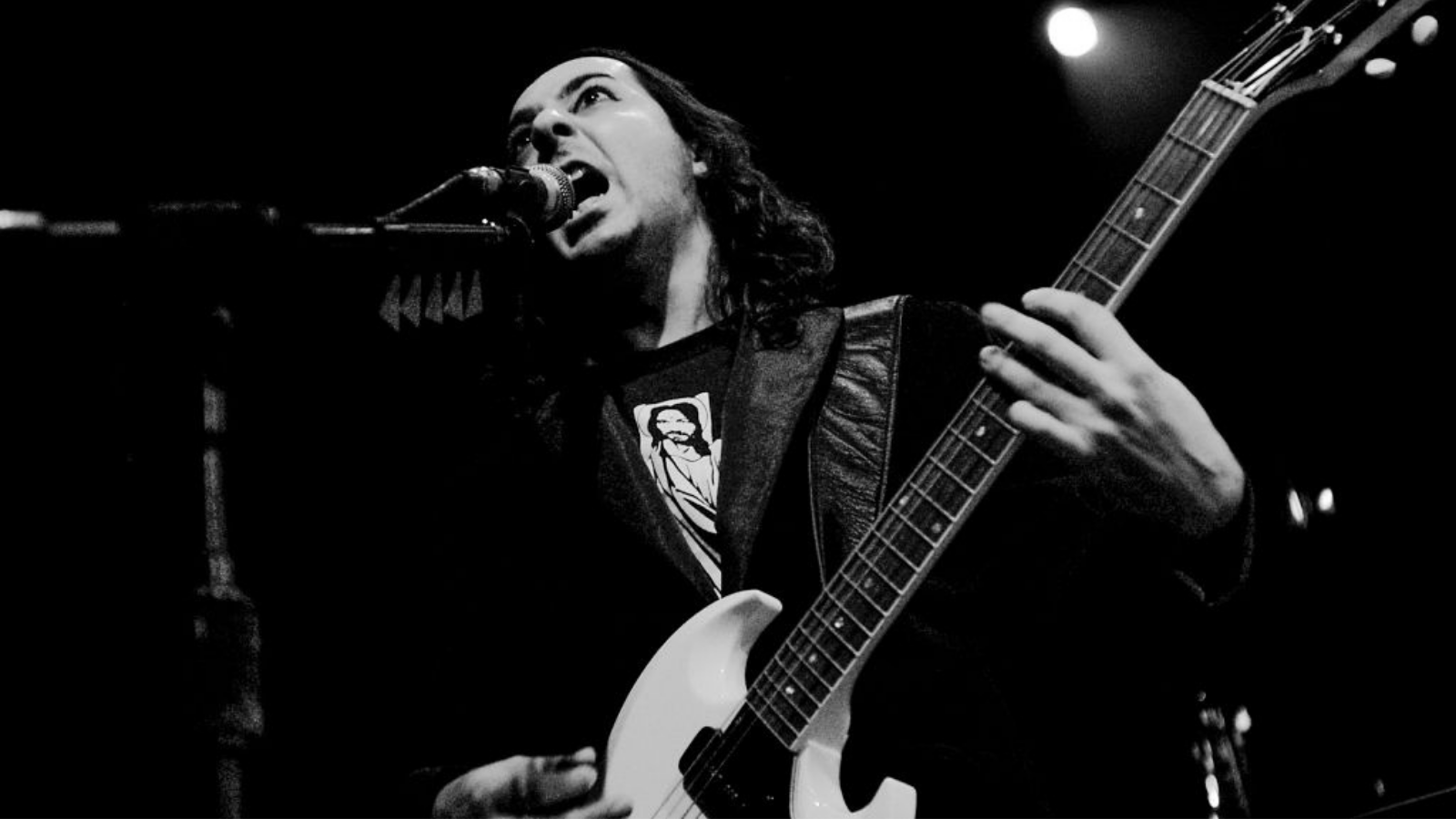"George Harrison had set fire to an ashtray and was running around the studio with it above his head": the chaotic creation of The Beatles' wildest song
Rock’s most epic battle was always The Beatles versus the Rolling Stones, yet Helter Skelter was inspired by an imagined square-off with The Who

In the summer of 1968, Paul McCartney was reading Melody Maker when he stopped on a quote from Pete Townshend.
“Pete said: ‘We’ve just made the raunchiest, loudest, most ridiculous rock’n’roll record you’ve ever heard,” McCartney recalled. “I never actually found out what track it was that The Who had made, but that got me going, just hearing him talk about it. I was always trying to write something different, trying to not write in character, and that one little paragraph was enough to make me make a move. I thought we should a do a song like that, something really wild, and I wrote Helter Skelter.”
McCartney was thinking about the fairground slides of his childhood, coupled with the sense of social unrest in the world that summer. “I was using the symbol of a helter skelter as a ride from the top to the bottom – the rise and fall of the Roman Empire – and this was the fall, the demise, the going down,” he said.
On July 18 The Beatles learned the song and recorded three extended takes at Abbey Road Studios. The first two were 10 and 12 minutes respectively, the third stretched to 27:11. A four-minute excerpt of the latter, released on Anthology 3, has the song being played at half speed, almost like a second cousin to Yer Blues. McCartney may have also been toying with an alternative title, as other bootlegs show him occasionally singing ‘Hell for leather’ instead of ‘Helter Skelter’.
When the band revisited the track on the night of September 9, they were, according to assistant engineer Brian Gibson, “completely out of their heads”. In a marathon seven-hour session, they completed 18 takes, with Ringo on drums, John on bass and Paul and George on guitars. It was only the second song the band had recorded on EMI’s new eight-track machine. With each take, the group edged closer to the maelstrom that McCartney had originally envisioned.
“We got the engineers to hike up the drum sound and really get it as loud and horrible as it could,” McCartney recalled, “and we played it, and said: ‘No, still sounds too safe. It’s got to get louder and dirtier.”
Chris Thomas, who was filling in as producer for George Martin, recalled: “It was a pretty undisciplined session. While Paul was doing his vocal overdub, George Harrison had set fire to an ashtray and was running around the studio with it above his head, doing an Arthur Brown!” [George’s stunt was inspired by Fire by The Crazy World Of Arthur Brown, which was a big UK hit that summer].
Sign up below to get the latest from Classic Rock, plus exclusive special offers, direct to your inbox!
The final take, number 21, recorded at 2:30 am, was the keeper. It ended with a blare of feedback, and the immortal scream from Ringo: “I’ve got blisters on my fingers!”
“That wasn’t a joke put-on,” McCartney said. “His hands were actually bleeding at the end of the take, he’d been drumming so ferociously. We did work very hard on that track.”
“Helter Skelter was a song we did in total madness and hysterics in the studio,” Ringo said. “Sometimes you just had to shake out the jams.”
Even with the familiarity of The Beatles’ catalogue 50 years on, Helter Skelter still has the power to startle. Sequenced on the White Album after Lennon’s acerbic ballad Sexy Sadie, that fuzz guitar intro is like a chainsaw roaring into life, starting a relentless groove that sounds like it’s boring a hole into the studio floor. There’s a hypnotic spiral about the track, as it pulls you in its murky vortex. And for connoisseurs of rock screams, McCartney’s extended howl at the 2:35 mark remains one of the most electrifying moments put on vinyl in the 60s.
Helter Skelter’s overall air of foreboding took on a much darker hue the following year when cult leader Charles Manson became obsessed with it – and the entire White Album – as some kind of coded prophecy for an apocalyptic race war. He was convinced that he was the resurrection of Jesus Christ, and through secret messages The Beatles had sought him out to lead a violent revolution. As Manson later said during his murder trial: “It is not my music. I hear what it relates. It says ‘rise’. It says ‘kill’. Why blame it on me? I didn’t write the music.”
In August 1969, when Manson and his followers murdered the family of Leno LaBianca in Los Angeles, they painted ‘Helter Skelter’ on the fridge in the victims’ blood. This lurid detail didn’t come out until a year later, during Manson’s trial, when his lawyer tried to convince a jury that the motive for his murders was a misinterpretation of The Beatles’ song.
“Manson interpreted that Helter Skelter was something to do with the four horsemen of the Apocalypse,” McCartney said. “I still don’t know what all that stuff is; it’s from the Bible, Revelations. I haven’t read it so I wouldn’t know. But he interpreted the whole thing – that we were the four horsemen, Helter Skelter was the song – and arrived at having to go out and kill everyone. It was frightening, because you don’t write songs for those reasons."
Harrison said of Manson: “Everybody was getting on the big Beatle bandwagon, the police and the promoters and the Lord Mayors – and murderers too. The Beatles were topical and they were the main thing that was written about in the world, so everybody attached themselves to us, whether it was our fault or not. It was upsetting to be associated with something so sleazy as Charles Manson.”
“We used to have a laugh about this, that or the other, in a light-hearted way,” Lennon said, “and some intellectual would read us, some symbolic youth generation wants to see something in it. We also took seriously some parts of the role, but I don’t know what Helter Skelter has to do with knifing someone. I’ve never listened to it properly, it was just a noise.”
The tarnish of the Manson association with Helter Skelter faded slightly over time, and the song was covered by many bands, including U2, Oasis, Mötley Crüe, Aerosmith and Stereophonics. It’s been a staple of Paul McCartney’s live shows since 2004, and remains The Beatles’ most full-on rock moment.
“That was really all I wanted to do – to make a very loud, raunchy rock’n’roll record with The Beatles,” said McCartney. “And I think it’s a pretty good one.”
Helter Skelter is available on The Beatles 1967-1979 (The Blue Album).
Bill DeMain is a correspondent for BBC Glasgow, a regular contributor to MOJO, Classic Rock and Mental Floss, and the author of six books, including the best-selling Sgt. Pepper At 50. He is also an acclaimed musician and songwriter who's written for artists including Marshall Crenshaw, Teddy Thompson and Kim Richey. His songs have appeared in TV shows such as Private Practice and Sons of Anarchy. In 2013, he started Walkin' Nashville, a music history tour that's been the #1 rated activity on Trip Advisor. An avid bird-watcher, he also makes bird cards and prints.

